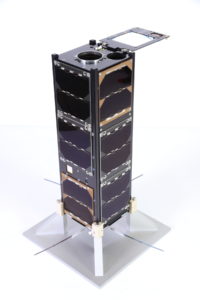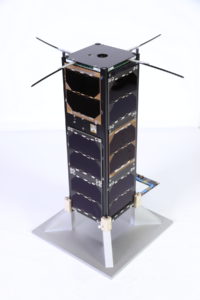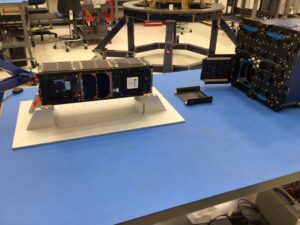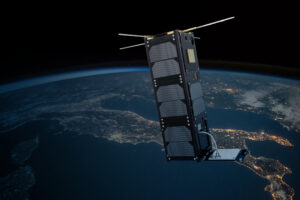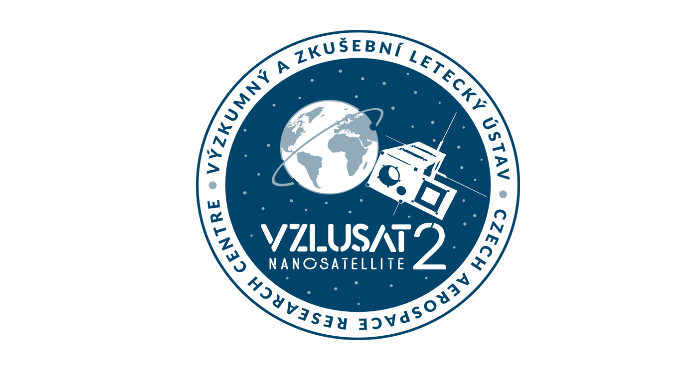On Thursday, January 13th, the second nanosatellite made by VZLU (Czech Aerospace Research Centre) will be launched from Cape Canaveral. The on-board equipment of VZLUSAT-2 includes – among other instruments – two experimental cameras and a precise attitude control system, which will enable highly detailed Earth observation.
The satellite will be launched as a part of the Transporter 3 mission on the SpaceX Falcon 9 launch vehicle, with deployer provided by the company D-Orbit. While the original intent was to deploy the satellite from the Sherpa-LTC1 orbital transfer vehicle, a malfunction in the propulsion system was discovered just before the launch. However, thanks to extensive effort by experts all around the world, VZLUSAT-2 was transferred to D-Orbit’s ION-SCV2 vehicle in record time.
“I have to express my gratitude especially to Spaceflight engineers, but also to D-Orbit and Spacemanic, as well as our team. In the moment we learned about the malfunction, it was a race against the clock. In a single day, we managed to finish what usually takes half a year, and thanks to that, we can launch right now,” adds Juraj Dudáš, the director of VZLU Space division. Transfer to D-Orbit means that the satellite will remain in the deployer for 7 to 15, before it can be deployed into the correct orbit.
The primary goal of VZLUSAT-2 is to verify technologies for future missions of the upcoming Czech satellite constellation. The nanosatellite is equipped with experimental camera and a system for precise attitude control. Among the on-board equipment is also a next generation of instruments which have already been proven on VZLUSAT-1, as well as several instruments provided by Czech universities and private companies.
“VZLUSAT-2 is our ticket to the high league. If Czech technologies can perform precise and detailed Earth observation, we enter a select club of just a handful of countries that can do this. Of course, the technology itself is very interesting commercially, but also for security purposes,” sums up Josef Kašpar, general director of VZLU.
The nanosatellite is based on the proven CubeSat concept, which allows to “build up” separate “blocks” with dimensions 10x10x10 cm, according to the mission needs. In the case of VZLUSAT-2, the satellite is using three “blocks” in a 3U configuration, which enabled installation of two cameras, as well as several other experiments.
The flight ticket for VZLUSAT-2 was provided by the company Spacemanic, mission partners include the companies esc Aerospace, TTS, Rigaku Innovative Technologies Europe., ADVACAM, Eltvor, Needronix and Konkoly Observatory, as well as the Czech Technical University in Prague, the University of West Bohemia in Pilsen and Masaryk University in Brno. The project is supported by Technology Agency of the Czech Republic and the Ministry of Industry and Trade.
Like its predecessor, VZLUSAT-2 will be operated from ground station provided by the University of West Bohemia. The mission launch was delayed by a year because the original launch provider, Momentus, failed to obtain all the required FAA authorizations.
